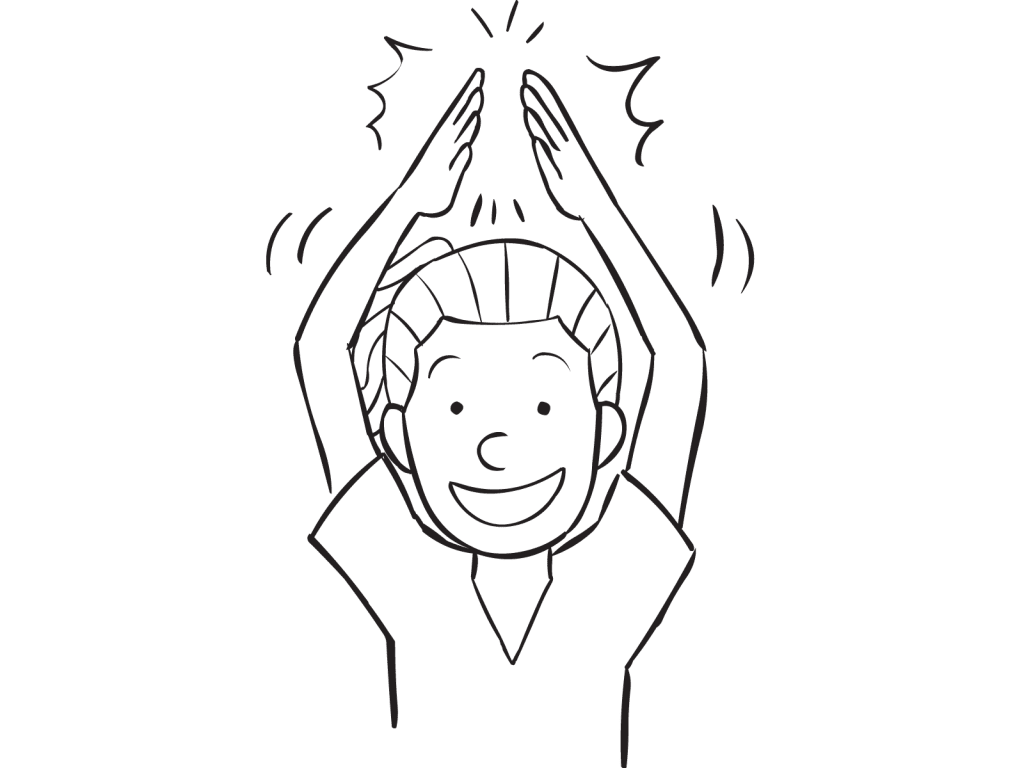Save to Playlist
Step-by-Step Instructions
Video Tutorial Premium
How To Play Narrative Premium
Practical Leadership Tips Premium
Social-Emotional Learning Premium
Health & Wellness Programming Premium
Popular Variations Premium
Virtual Adaptation Premium
You Might Also Like... Premium
Useful Framing Ideas Premium
Reflection Tips & Strategies Premium
Source Premium

No Props No Problem
Brand NEW book featuring 150+ outrageously fun group games & activities. Scan QR codes to connect to tons of digital content including video tutorials.
Add to Cart
NEW – No Props No Problem
The best-selling book featuring 150+ outrageously fun group games & activities. Scan QR codes to access exclusive digital content including video tutorials.

Free Ice-Breakers & Group Games
Ten of the best no-prop, interactive ‘get-to-know-you’ games & activities. 100% fun, your group will love ’em. Our most successful giveaway, 10,000+ downloads so far…
Top Ten Icebreakers & Group Games
Download our free 28-page ebook jam-packed with outrageously fun activity ideas.
Just one more question:
I am interested in…
Choose a plan that’s right for you
We offer a range of membership plans with no surprises.
Click an option below & discover our simple pricing.

Individual
Click here if you’re a:
- Teacher
- Corporate trainer
- Outdoor educator
- Camp leader
- Youth leader
- Conference organiser
- Therapist/counsellor
Membership Plans

Enterprise
Click here if you represent a:
- School
- Corporation
- Community-based Organisation
Explore plans for
10, 50, 200 or more
potential users
Membership Plans






When I do this I talk a lot about adapt to change. At first it is difficult but as you make mistakes you get better at it. Like in life. It is ok to make mistakes. I also add when doing it with a partner when either one makes a mistake we celebrate failure. How ? Jumping around saying ooo ooo ooo like a monkey with our index finger in the air pointing up. It is OK to make mistakes. Embrace and celebrate it, and laugh together. A great game I use it quite a lot.
Totally agree Silvio. Thanks for sharing your experience with this awesome energiser, one of my all-time faves.
thanks mucho for this sylvio. love the framing annnd the additional ‘celebration move’! will incorporate this next time. (“,)
This is a new one for me. I love it! Waiting for a chance to use it.
Mary, you will LOVE this one. A classic partner that I could just imagine the likes of Karl Rohnke pulling out frequently to invite his groups to play and laugh.
finally used this as a synthesis activity – on the last day of a 3 day workshop. first two days had lots of sharing about what participants called ‘mistakes’, or finding opportunities to doing things differently.
so the framing was ‘how do we look at mistakes? what comes up when we or others make mistakes? one of the learning/applications questions was: what are opportunities to help manage these situations?
i thought it worked well – people were laughing harrrrrd, sharing insights, identifying future scenarios. this was one of 4 activities to end the 3-hour afternoon session. (along with group juggle – 3 levels, appreciation/affirmation, gift giving connections [like group juggle with a string])
yeyyyyy!
Terrific stuff JeWElle, I’m so glad you gave this go. It is one of my all-time faves. Thanks for sharing.
Lovely. Simple and amazing.
Fantastically simple! Love the additions to the base exercise too, Mark!